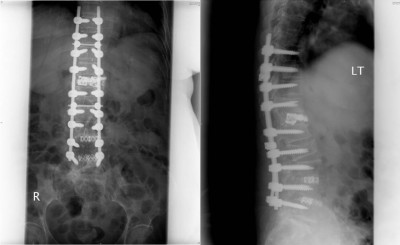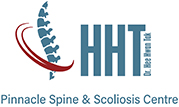The thoracolumbar curve is a curve with its apex at the first lumbar (lower back) or twelfth thoracic curve (middle back). The spine revision surgery (thoracolumbar spine) can be psychologically traumatic to you as well as your loved ones. It is important for you to be assessed by a spine specialist to ascertain the possible causes for the failure of the original surgery. Some of the assessments come in the form of various scans (MRI with contrast, CT, and bone scan), as well as diagnostic injections to the nerve(s) or facet joint(s). The common causes of failure of the previous surgeries include non-union (failure of vertebrae to join), residual spinal stenosis or nerve compression, adjacent segment or level disease, and kyphotic deformity (“crooked” spine) of the spine.

If there is a surgical cause to the failed spine, we have the experience to perform the spine revision surgery safely. We routinely used state of the art bone morphogenetic protein or demineralised bone matrix to speed up the fusion or bone healing. Very often, the fixation or stabilization levels need to be extended above and/or below the original levels from the previous surgery (Figure 1). The fixation can be enhanced with the use of bone cement injection around the screws. The use of surgical navigation and pediguard can also enhance the safety of the surgery.
Our doctor Adjunct A/Professor Hee Hwan Tak has much experience in surgical reconstruction for crooked spine treatment. Contact us for a comprehensive consultation.
